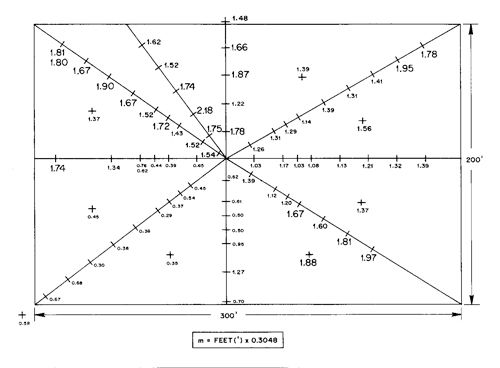I went back and read the article more slowly. It seems the counterpoise and the ground screen were similar in properties. They were both superior to the buried radial system, and both apparently had measurable capacitance throughout the networks, but superior capacitance above those parts of the earth that had greater conductivity.
You are using an out of date browser. It may not display this or other websites correctly.
You should upgrade or use an alternative browser.
You should upgrade or use an alternative browser.
-
You can now help support WorldwideDX when you shop on Amazon at no additional cost to you! Simply follow this Shop on Amazon link first and a portion of any purchase is sent to WorldwideDX to help with site costs.
Regarding antennas, what does counterpoise mean?
- Thread starter Marconi
- Start date
I went back and read the article more slowly. It seems the counterpoise and the ground screen were similar in properties. They were both superior to the buried radial system, and both apparently had measurable capacitance throughout the networks, but superior capacitance above those parts of the earth that had greater conductivity.
This is largely what I got out of it. Somewhere between 12 and 20 radials the counterpoise and the elevated ground screen became very close when it comes to efficiency, and it stays that way at least to near 100% efficiency.
I did notice that with just a few radials (6 and 12) the ground screen was noticeably more efficient than the counterpoise with the same number of radials. I am wondering if this could be due to the high number of ground rods to radials as that is the only real difference between the two setups.
It also shows the counterpoise as having more currents in the antenna than the elevated ground screen for a given number of radials. It's antenna's current flow is at its maximum current at 20 radials (495mA) while the elevated ground screen's antenna doesn't achieve that current flow until somewhere between 28 and 36 radials. I am curious how much of a difference this would make.
The DB
Here is the results of their conductivity tests. It seems to me the current distribution follows precisely along with the conductivity - the more conductive the earth beneath the more the current that manifested - causing the strange shaped current pattern.

Yep Homer, it sure looks that way.
I would have never guessed the ground under our antennas could vary that much, even considering the currents are very small and measured in milliamps or 1 amp = 1000 mA. That turned out to be much smaller than I imagined also.
I think this might also help explain why I never seemed to be able to measure radial currents, back a few years ago when I tried it on my Sigma4 and a couple of other antennas. Even though I was testing far fewer radials than we see in this report, and the currents for fewer radials should show more currents, the currents were still likely too low to measure.
I even bought an MFJ-854 current meter for that purpose, and that too failed to produce the results I was expecting to see. Again I think it was because the amperage in that area was so small, less than <30 mA, while the meter could easily read 1-3 A.
I also seem to recall this report mentioning something about just such a problem in their initial efforts to measure the radial currents.
Last edited:
dxChat
- No one is chatting at the moment.
-
-
dxBot:63Sprint has left the room.
-
dxBot:kennyjames 0151 has left the room.
-
-
